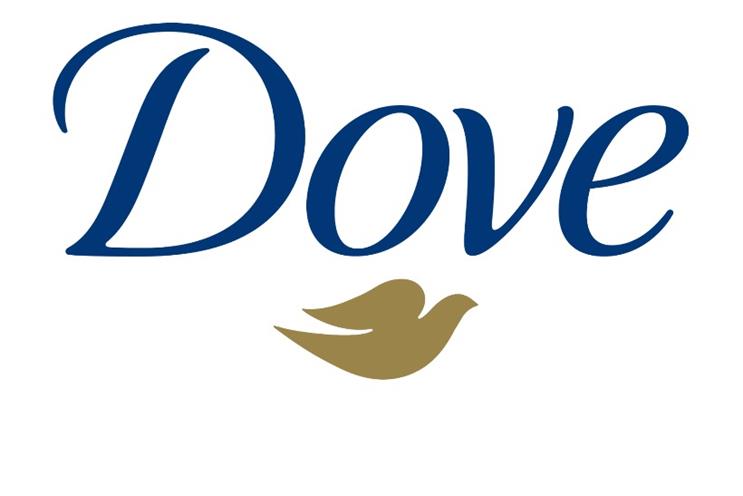We do not need to design ‘for him’ or ‘for her’ but rather create designs that crash together all aspects of gendered life — multipurpose odd tools that fit neither category but willingly or accidentally destroy both Nina Power, Gendered objects, Disegno #15
Much of the design that exists around us plays into existing gender stereotypes and expectations about gender roles. An obvious example is color (pink for girls, blue for boys), but other elements play a huge role as well, such as round shapes as feminine, and geometric shapes as masculine; florals for women and leather for men.

Although designers need to be mindful of gender when designing products, they should also be careful not to play into existing stereotypes and cliches that abound around gender, particularly when it comes to marketing different products. Gender equality and equity in design often results in producing designs that highlight the differences between men and women, although both the needs and characteristics vary more between individuals than between genders. Examples of such design are Little Pink Tools (tools specially designed for women) and Dad Gear (child care products for dads).


But, the answer isn’t always to make things gender-neutral, because, when men design gender-neutral products, the result can be bland, or designed to ultimately appeal to men. Moreover, with a unisex design, one often avoids using gendered colours, shapes, and attributes, so the result often becomes pale and/or without a strong identity. Therefore, it does not contribute significantly to blurring the boundaries of gendered product language.
According to Uta Brandes, the chair of the international Gender Design Network (iGDN), Ideally design should be gender-sensitive, which should be aiming to design gender-fluid artifacts that each individual can adapt to their own individual needs.” As society moves away from the binary of gender and towards fluidity, whatever your sexual or gender or identity preference, design should appeal to everyone, and be meaningful for everyone – not only male or female, but everyone in between.
Apple is a great example of an androgynous brand. It’s not masculine or feminine but it positions itself as a simple, elegant, modern and technologically-advanced brand. It works for them and Apple obviously appeals to both men and women.
